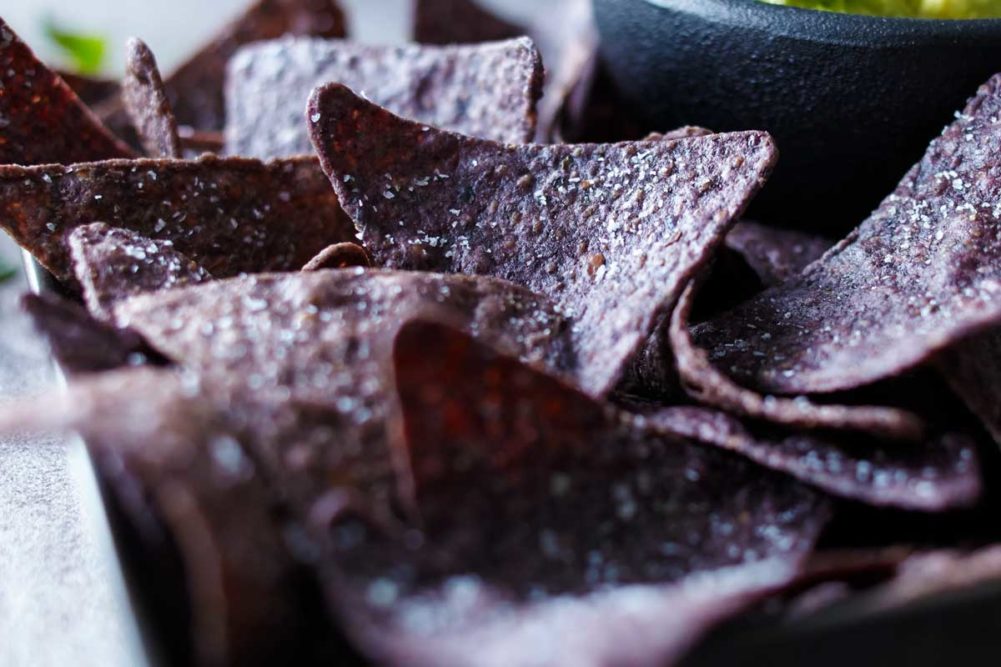The most obvious place to reduce sodium is the salt content of snacks. Removing, replacing or reducing salt can compromise taste and turn consumers away from a favorite snack or cracker. Finding that balance is imperative to prevent losses in sales.
“Salt really provides many unique functional roles that no single other ingredient does,” said Janice Johnson, PhD, technical service for Cargill Salt. “We understand salt pretty well. It’s universal in that you can put salt in something, and you know what the flavor profile is going to be.”
When snack manufacturers try to reduce salt or replace it, things can become complicated. There are several strategies formulators can use to minimize flavor loss while trying to achieve a lower sodium target.
In some applications, salt — in a different form — might be its own solution. It’s all about choosing the right one for the product.
“Not all salt is created equal,” said Mark Zoske, founder and chief executive officer, SaltWorks. “Choosing the right salt can actually improve the flavor of food. The shape and texture of the salt crystal can make an enormous difference in sodium content. For example, choosing flake salt over a granular for a crunchy snack, like crackers, allows the salt to adhere better to the food. The result is more flavor without using more salt.”
A traditional sodium chloride particle typically used in snacks is a cube shape. However, changing that shape or even the size of the particle can have an impact on how the salty taste is perceived by the tongue and brain of the consumer.
“Smaller salt particles increase flavor intensity through fast dissolution,” said Barry Knudson, chief operating officer, NuTek Natural Ingredients. “This delivers flavor to the taste buds before consumption, resulting the need for less salt.”
A similar phenomenon occurs when changing the shape of the salt crystal. Cargill’s Alberger Flake Salts have a rough surface, which helps them adhere to snacks. These salts are inverted, hollow pyramids and cubed ag-glomerates and have more surface area, allowing them to dissolve quickly and be perceived as saltier than traditional cube-shaped salt crystals. As with smaller particle salts, this enables snack manufacturers to use less salt with minimal impact on taste perception.
“It’s a nice way to leverage what we know about salt, the different types and the way we can use it to snack manufacturers’ benefit,” Dr. Johnson said. “And the nice thing about it is that it’s all still salt, so nothing changes on your ingredient list.”
SaltWorks’ portfolio of salts includes a variety of textures, shapes and sizes. In early 2021, the company plans to launch its Pacific Blue Mini Flake and Micro Flake products. Through these crystals’ shape, texture and lower density, formulators can achieve a saltier flavor with less salt.
“Micro Flake’s superfine texture is similar to powder, allowing it to evenly coat snacks like popcorn, potato chips and nuts,” Mr. Zoske explained. “Mini Flake’s texture is light and crunchy and made to cling tightly to the snack so that more of the sea salt hits the palate instead of falling to the bottom of the bag.”
This article is an excerpt from the October 2020 issue of Baking & Snack. To read the entire feature on sodium reduction, click here.





